Are You Content with Your Organization’s Content Strategy?
Rocket-Powered Data Science
JULY 6, 2021
This is accomplished through tags, annotations, and metadata (TAM). Smart content includes labeled (tagged, annotated) metadata (TAM). The key to success is to start enhancing and augmenting content management systems (CMS) with additional features: semantic content and context. Collect, curate, and catalog (i.e.,


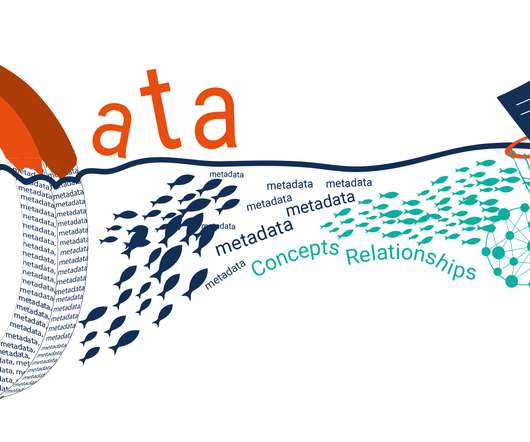

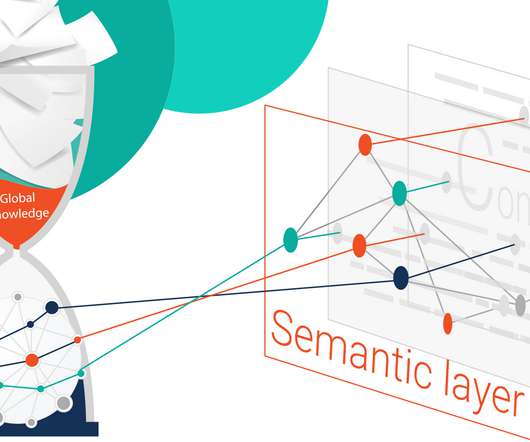
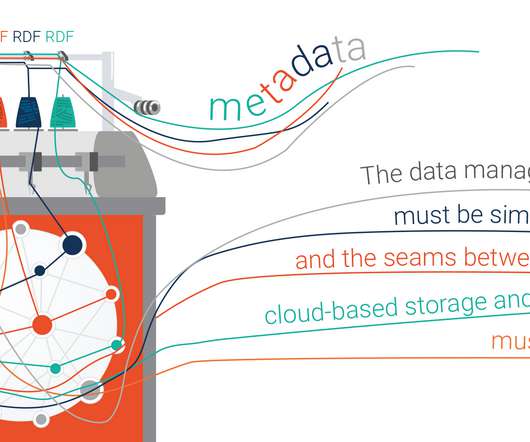

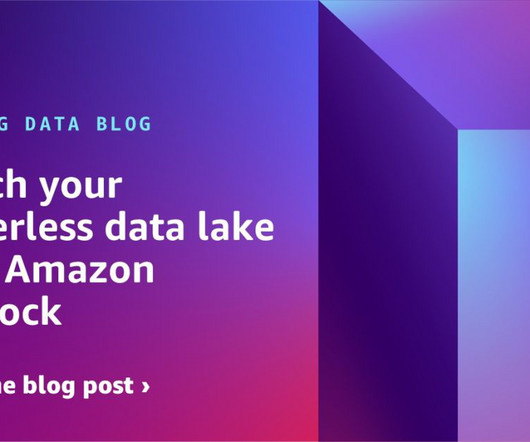


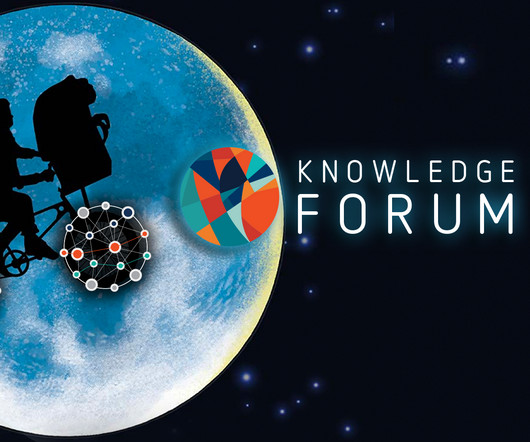
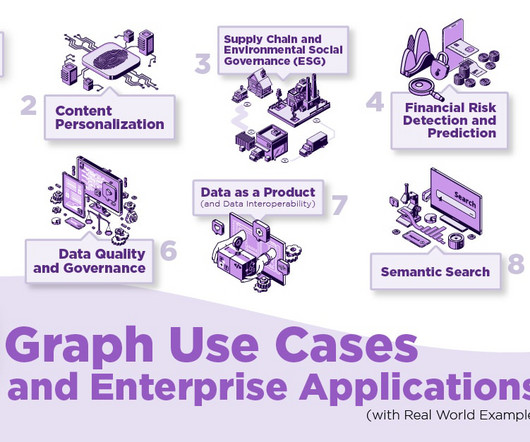

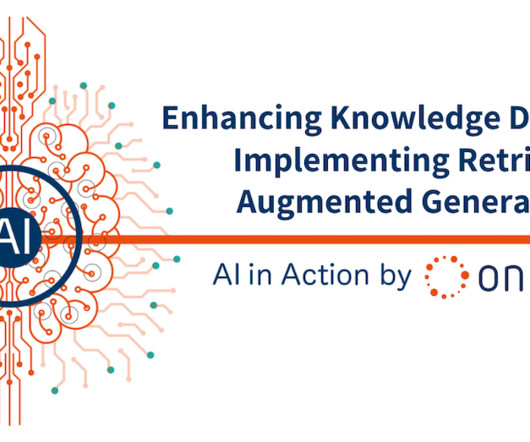










Let's personalize your content